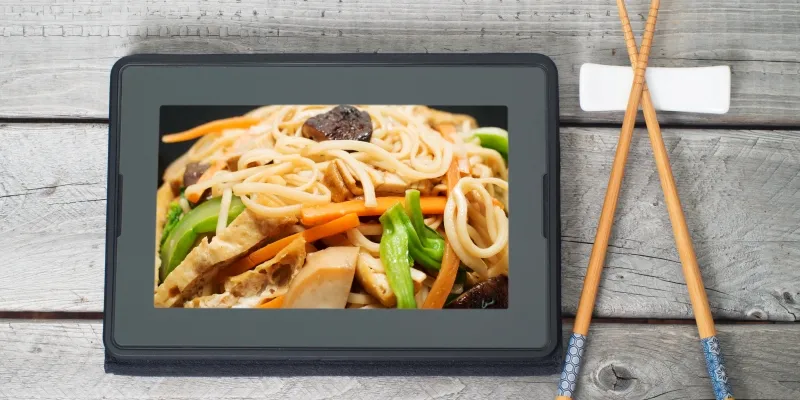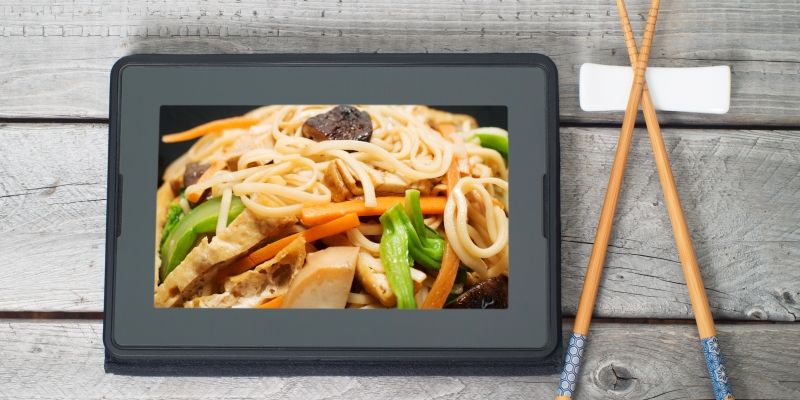Foodtech businesses now eye hitherto untapped Tier II and Tier III cities
Before the Mumbai-Pune express highway was constructed, I remember road trips involving passing through some towns and villages and, as a habit, we would stop at this dhaba called Joshi Wadewale. The morning breakfasts there would, without doubt, be scrumptious. Cut to the present day, and Joshi Wadewaleis hidden in the older highway in a smaller city, away from Pune. Now, the easiest way to get a bite of delicious poha or vada pav is by ordering in. At least that's what most foodtech startups from their experience have come to believe.
After going bullish in metros like Bengaluru, Mumbai, Delhi and Chennai, these startups are looking to capture the massive chunk of the market in the Tier II and Tier III cities. And this just isn't the case of foodtech businesses; several reports suggest these cities today have an improved demand appetite. It is also predicted that by 2026, the market size of these cities will grow from USD 5.7 billion to USD 80 billion.
According to the IAMAI, mobile internet penetration in rural India is growing at close to 58 per cent YOY. Several reports also suggest these regions account for close to 40 per cent of the country's middle-class income group with increasing spending powers.
The growing market
The food industry, in general, is eyeing this market. Domino’s records its second highest sales in India from Kanpur. Sri Harsha Majety, the Founder and CEO of food ordering and delivery startup Swiggy says, "These regions definitely are our next target. Some of the top purchases seem to be happening from Tier II and Tier III cities. The spending capacity in these regions is increasing".

The food delivery market in India is worth USD 1.6 billion, growing at 30 per cent a year. But, less than two per cent of the orders are placed online. Over 430 million citizens out of India’s 1.2 billion population are between ages 10 and 29, a ripe market for e-commerce growth.
Ashish Taneja, Managing Director, Growx Ventures, says, "I definitely see a shift of the bigger foodtech guys moving into Tier II and Tier III cities in the next 12 to 18 months. Everyone wants to have a first-mover’s advantage in these untapped markets".
Increased demand for gourmet cuisine
Faaso’s is operational already in 10 cities - Gurgaon, Delhi, Hyderabad, Pune, Mumbai, Chennai, Bengaluru, Indore, Ahmedabad and Baroda - and plans to open shop in 15 more cities. All current cities are up to speed on local as well as central sourcing.
A recent survey conducted by Pune-based food delivery startup Tastykhana suggests that over 15 per cent of its online orders are placed from these regions. Tier II cities, according to the survey, brings in 57 per cent and Tier III a close 43 per cent. And what more, close to 60 per cent of these are from high-end restaurants.
Shashaank Shekhar Singhal, Co-founder and CEO of Bengaluru-based foodtech startup Dazo, says,
More than just delivery, I personally see more pure food and gourmet businesses growing in these regions. With the increased spending power parity, people from these cities are going to be demanding more gourmet food".
Sumer Juneja, Principal, Norwest Venture Partners says that foodtech generally caters to a younger generation and crowd. He adds that today, the Tier II and Tier III markets are big spenders and have an untapped younger segment of the population.
Density of restaurants and food joints
"While there will be a demand for delivery, we might not have the range of options in a Tier II and Tier III city. So we may have to increase our range of deliveries," says Harsha. This also means that the first-mover’s advantage will be much stronger with Tier II cities.
"The offline food industry will have a great advantage: their rent will be cheaper but selling prices remain the same. The towns are smaller; the delivery areas are therefore smaller as well," says Sumer. He adds that a regular pizza joint in Tier II and Tier III cities may be a great place for casual meetings and celebrations. "Unlike in a city like Bengaluru, you will not have many fine dining restaurants in such places," he adds.
Prateek Agarwal, Founder of Gurgaon-based foodtech-logistics startup Bite Club, says "While presently we are not looking at these regions, I believe there is huge opportunity in these markets and that's not just in terms of foodtech but even regular offline business”. He adds that the food delivery business will also pick up faster in these regions.
While foodtech businesses are eyeing these untapped markets, will they be having a different approach? Ashish says it is important to do so even while targeting different metros. "Each market requires a different approach and efforts, as the consumers and their behaviour patterns are different," he adds.
Funding in Tier II and Tier III cities
Will VCs invest in food businesses that already exist in these regions? There are a few smaller players like Sandwedges in the space but investments seem to be slow or non existent in these regions.
If you look at most investors and VC firms, they're based out of larger cities, so they tend to support organisations there. Also, if you make it big in the bigger cities, the chances of successfully replicating it in smaller cities are much higher," says Ashish.
Sumer, too, believes that investors will tend to invest in businesses from bigger cities. He says that there isn't a business model that looks specifically at these regions. The brand needs to be pan India or at least look at targeting the top ten cities of the country.
There might be local favourite restaurants, but investors will look at businesses that are most likely to become billion dollar companies," he adds.
They add that while it's possible to replicate models that are initiated from Tier II and Tier III cities, it's more likely for a startup that's successful in a bigger city to be successful in the smaller ones.






